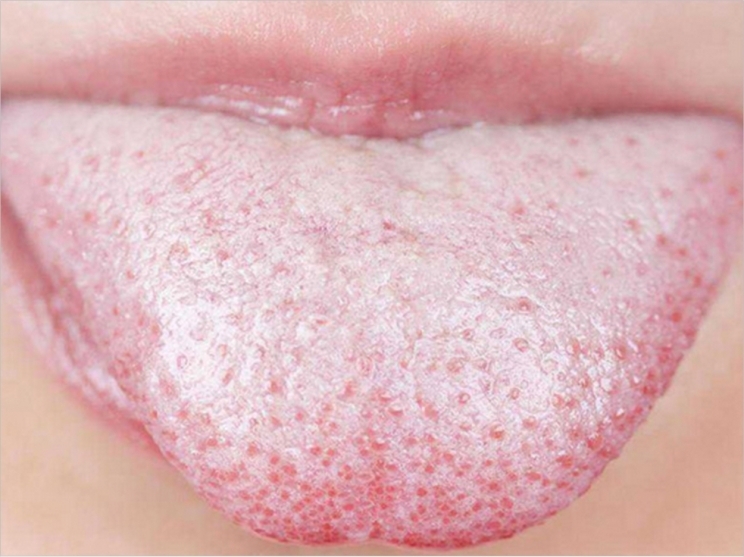
Candida albicans forms biofilms and causes mild to life-threatening infections. But fluconazole, an antifungal drug widely used to treat these infections, is completely ineffective in treating Candida biofilms. Antifungal drug development is challenging because yeast cells are structurally similar to human cells, though, so there is a greater chance of unwanted side effects with new antifungal drugs.
Improving the efficiency of currently approved antifungal drugs such as fluconazole but with minimal side effects would be a better alternative, according to an international team of researchers. For example, microorganisms can communicate each other using various chemical signals. Some microorganisms use these signals to control other competing microorganisms, and these signals potentially could be used as antimicrobial drugs.
The researchers now are investigating whether using some of these microbial signals from bacteria could improve the activity of fluconazole against Candida biofilms. They found that a specific chemical signal released from a major bacterial pathogen can be successfully used to significantly improve the activity of fluconazole against Candida biofilms by packaging them to small lipid molecules and delivering them together.
This research is one of only a few studies to demonstrate the possibility of using naturally existing microbial compounds against other pathogenic microorganisms, the researchers said.
“It is well known that microorganisms live as ‘slime’ communities, called microbial biofilms, and are responsible for up to 80% of all infections in humans,” said Nihal Bandara, BDS, PhD, a lecturer in oral microbiology at the Bristol Dental School.
“These microorganisms are extremely difficult to remove even with the most effective antimicrobial drugs. They can lead to a significant number of deaths and disabilities to patients and can be a healthcare and financial burden to economies around the world,” said Bandara. “It was really exciting to discover that we can use various signals released by microorganisms against others to control infections.”
The researchers said they would like to develop the technique used in the study and investigate the efficacy of new drug formulation using an animal model. They also hope that researchers and pharmaceutical companies will explore the antimicrobial properties of microbial chemical signals so they can be developed into cost-effective treatments.
The study, “A Novel, Quorum Sensor-Infused Liposomal Drug Delivery System Suppresses Candida Albicans Biofilms,” was published by the International Journal of Pharmaceutics.
Related Articles
Patch Proves Effective Against Oral Lichen Planus in Phase 2b Study
When Candida Albicans Resists Infection, Starve It Instead
Researchers Uncover Mechanism Behind Behind Defense Against C Albicans











